- Choosing the Right Pot
- Size
- Material
- Drainage
- Style
- Table or Stand
- Selecting the Perfect Plant
- Determine the Lighting Conditions
- Consider the Space Available
- Research the Plant’s Watering Needs
- Consider Maintenance and Care
- Consult with a Local Nursery
- Proper Watering Techniques
- Providing the Right Amount of Light
- Avoiding Over-Fertilization
- Pruning and Shaping Your Money Tree
- Why Pruning is Important
- When to Prune
- Tools for Pruning
- Pruning Techniques
- Shaping Your Money Tree
- General Tips
- Preventing Pest Infestations
- 1. Regularly inspect your money tree
- 2. Keep the area clean
- 3. Avoid overwatering
- 4. Use natural pest control methods
- 5. Quarantine new plants
- 6. Prune regularly
- 7. Seek professional help if needed
- Ensuring Proper Soil Drainage
- Q&A:
- What is a money tree and how do I create one?
- What are the common mistakes to avoid when creating a money tree?
- Can I use fake money for decorating my money tree?
- How often should I fertilize my money tree?
- Can I propagate my money tree to create more plants?
- Video: 20 GENIUS Home Hacks That CHANGED MY LIFE DIY Hacks to Save Time + Money!
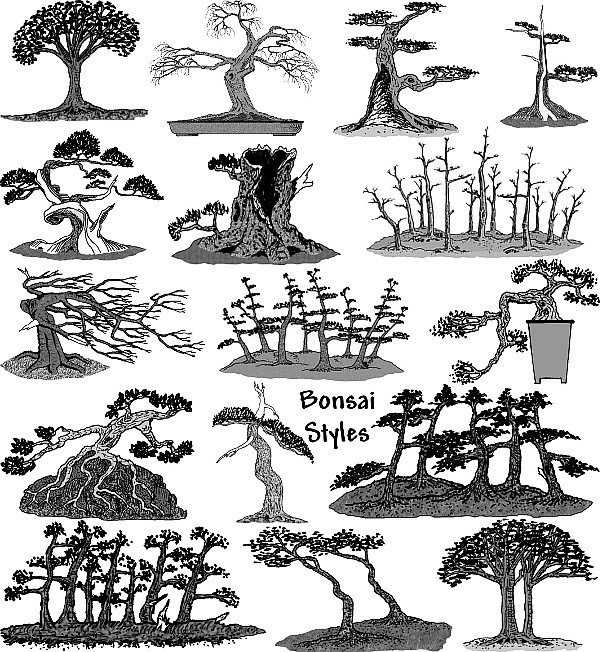
The Money Tree, also known as Pachira Aquatica, is a popular houseplant known for its unique foliage and ability to bring good luck and financial prosperity. While it is relatively easy to care for, there are a few mistakes that can diminish its decorative value. With a little knowledge and attention to detail, you can ensure that your Money Tree remains healthy and vibrant for years to come.
One common mistake that people make when caring for their Money Tree is overwatering. Despite its tropical origins, the Money Tree does not like to be kept constantly wet. Overwatering can lead to root rot and other diseases that can impact the health and appearance of the plant. It is important to allow the soil to dry out between waterings and to provide good drainage to prevent water from pooling at the roots. Be sure to use a well-draining potting mix and only water when the top inch of soil feels dry to the touch.
Another mistake to avoid is placing your Money Tree in direct sunlight. While it does require bright, indirect light to thrive, too much direct sunlight can scorch the leaves and cause them to turn brown. It is best to place your Money Tree near a window with filtered or indirect sunlight, or use sheer curtains to diffuse the light. If you notice that the leaves are turning yellow or brown, it may be a sign that your Money Tree is getting too much sun.
Finally, it is important to keep your Money Tree away from drafts and temperature extremes. This plant prefers temperatures between 65-75°F (18-24°C) and can be sensitive to sudden changes in temperature. Avoid placing your Money Tree near air conditioning vents, open windows, or drafty doors. Additionally, keep it away from heaters or radiators, as the dry heat can cause the leaves to become dry and brittle.
Choosing the Right Pot
When it comes to creating a money tree, choosing the right pot is essential. The pot not only holds the tree but also contributes to the overall aesthetic appeal. Here are some factors to consider when selecting a pot for your money tree:
Size
The size of the pot should be in proportion to the size of the money tree. A pot that is too small may restrict the root growth and lead to an unstable tree, while a pot that is too large may make the tree appear disproportionate. Consider the current size of your money tree and choose a pot that provides enough room for growth.
Material
The material of the pot will affect both the appearance and the functionality of your money tree. Common pot materials include clay, ceramic, plastic, and metal. Clay and ceramic pots are popular choices due to their natural and rustic appearance, but they can be heavier and more prone to breakage. Plastic pots are lightweight and durable, making them a practical option. Metal pots can also add a contemporary touch to your money tree.
Drainage
Proper drainage is crucial for the health of your money tree. Make sure the pot you choose has drainage holes at the bottom to allow excess water to escape. These holes prevent waterlogged soil, which can lead to root rot and other problems. If you fall in love with a pot that doesn’t have drainage holes, consider using a liner or placing a layer of gravel at the bottom to improve drainage.
Style
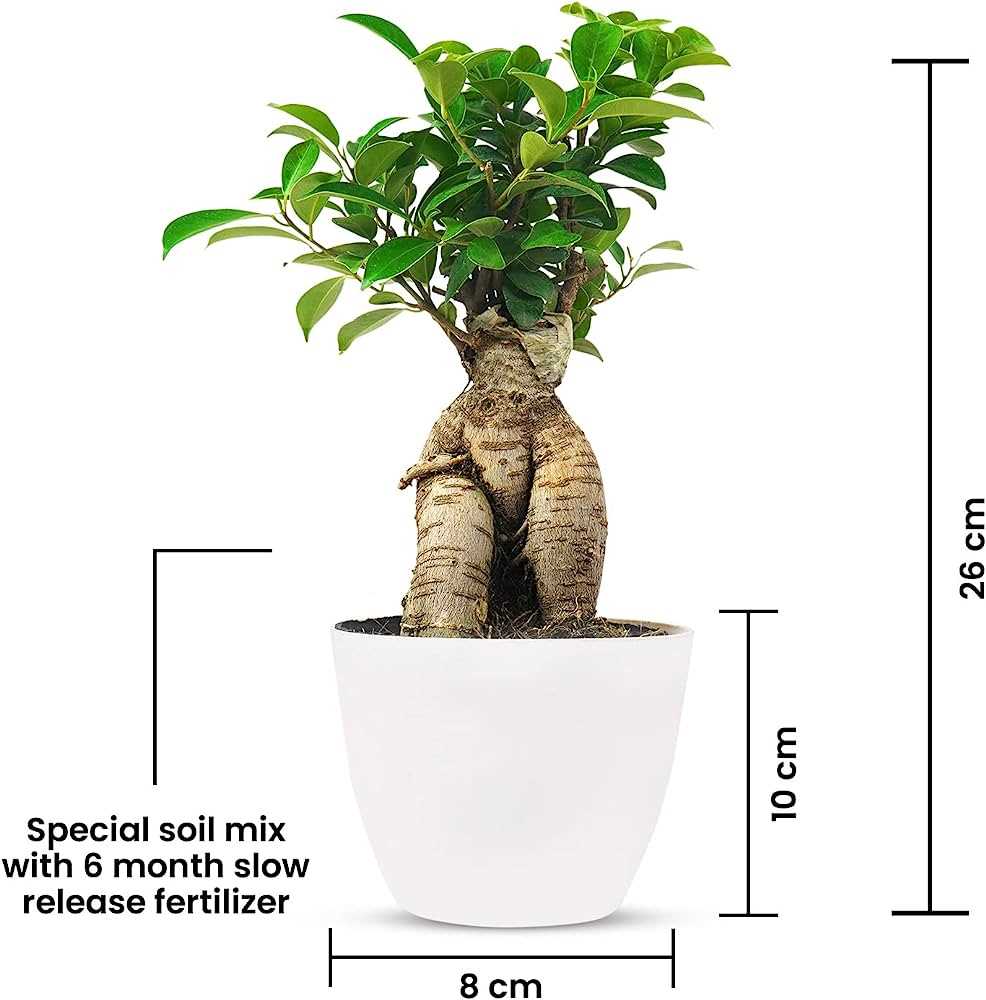

Consider the overall style of your home or intended location for the money tree when selecting the pot. The pot should complement the existing decor and enhance the visual appeal of your space. You can choose a pot that matches the color scheme, texture, or style of the room, or you can opt for a contrasting pot to create a focal point.
Table or Stand
In addition to the pot, you may want to consider whether to place your money tree on a table or a stand. Elevating the money tree can add height and visual interest to the overall display. Choose a table or stand that complements the pot and allows the tree to be showcased effectively.
By considering these factors and making the right choices, you can ensure that your money tree not only thrives but also enhances the decorative value of your space.
Selecting the Perfect Plant
When it comes to creating a money tree, selecting the perfect plant is crucial to ensure its decorative value. Here are some tips to help you choose the ideal plant:
Determine the Lighting Conditions
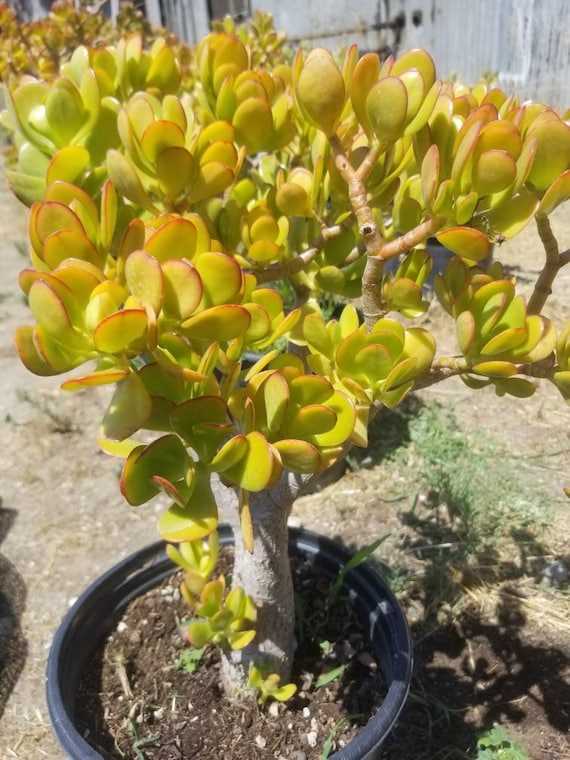

Before selecting a plant for your money tree, it’s important to consider the lighting conditions in your home or office. Some plants thrive in bright, indirect light, while others prefer low-light environments. Assess the available lighting in the space where your money tree will be placed, and choose a plant that can thrive in those conditions.
Consider the Space Available
Another important factor to consider is the space available for your money tree. Some plants can grow to be quite large and may need ample room to spread out. Make sure you have enough space for your chosen plant to grow comfortably without overcrowding the area.
Research the Plant’s Watering Needs
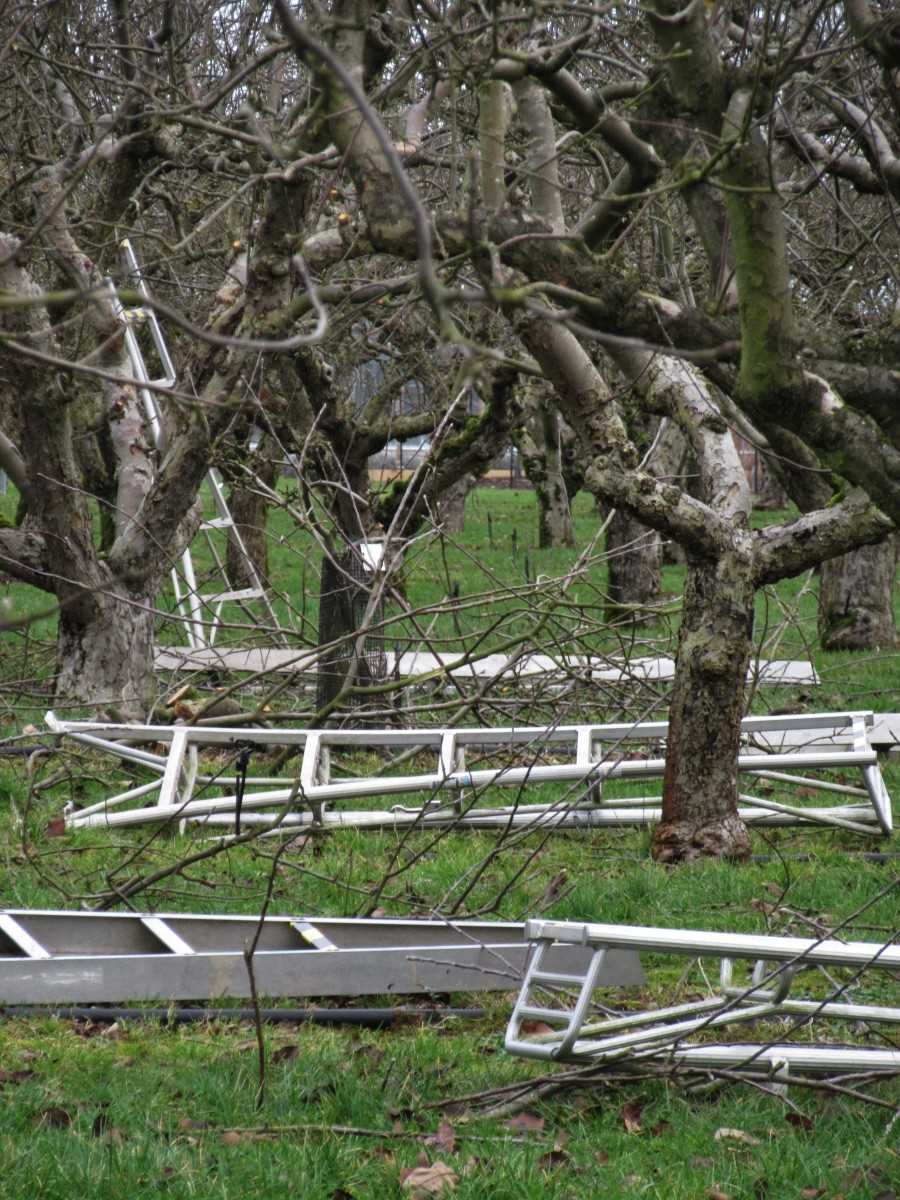

Each plant has unique watering requirements, so it’s crucial to research the specific needs of the plant you’re considering. Some plants prefer to be kept consistently moist, while others require dry periods between watering. Understanding the watering needs of your chosen plant will help ensure its long-term health and vitality.
Consider Maintenance and Care
When selecting a money tree plant, it’s important to consider how much time and effort you’re willing to invest in its maintenance and care. Some plants require frequent pruning, fertilizing, and repotting, while others are relatively low maintenance. Choose a plant that aligns with your available time and level of commitment.
Consult with a Local Nursery
If you’re uncertain about which plant would be best for your money tree, it’s always helpful to consult with experts at a local nursery or gardening center. They can provide valuable advice based on your specific needs and the environmental conditions in your area.
By carefully selecting the perfect plant for your money tree, you can ensure that it remains a stunning decorative element in your space for years to come. Remember to consider lighting conditions, available space, watering needs, maintenance requirements, and seek guidance from professionals if needed.
Proper Watering Techniques
Watering your money tree properly is essential for maintaining its decorative value and overall health. Follow these tips to ensure your money tree thrives:
- Watering Frequency: Money trees prefer a moderate amount of water. Water the tree when the top 1-2 inches of the soil feel dry. Avoid letting the soil become completely dry or overly saturated.
- Watering Amount: When watering, use enough water to thoroughly moisten the soil. Allow the excess water to drain out of the pot, ensuring there is no standing water in the bottom.
- Watering Method: Pour the water directly onto the soil, avoiding the leaves and trunk of the tree. This helps prevent the risk of fungal diseases and allows the roots to absorb moisture effectively.
- Consistency: Try to establish a consistent watering schedule for your money tree. This will help prevent overwatering or underwatering, as the tree can adapt to a regular routine.
- Humidity: Money trees appreciate higher humidity levels. To increase humidity, you can mist the leaves with water or place the pot on a tray filled with pebbles and water. Just make sure the bottom of the pot is not submerged in water.
By following these proper watering techniques, you can ensure your money tree remains healthy, lush, and continues to bring decorative value to your space.
Providing the Right Amount of Light
When it comes to maintaining a money tree and ensuring its decorative value, providing the right amount of light is crucial. Money trees are indoor plants that thrive best in bright, indirect light. Here are some tips to help you find the perfect balance:
- Avoid direct sunlight: Money trees do not do well in direct sunlight as it can scorch their leaves. Place your money tree in a location where it receives bright, indirect light throughout the day.
- North or east-facing windows: Money trees love north or east-facing windows as they provide the perfect amount of morning sunlight without being too harsh. If you don’t have a suitable window, you can also use artificial grow lights to provide the necessary light.
- Rotate the plant: To ensure all sides of your money tree receive equal light, rotate the plant every few weeks. This will prevent the tree from leaning towards the light source and promote symmetrical growth.
- Monitor the light intensity: If your money tree starts to show signs of sunburn, such as brown or yellow spots on the leaves, it may be receiving too much light. On the other hand, if the leaves start to droop or lose their vibrant green color, it may not be getting enough light.
Remember, finding the right amount of light for your money tree may require some trial and error. Observe how your plant reacts to different light conditions and make adjustments accordingly. By providing the right amount of light, you can ensure that your money tree remains healthy and maintains its decorative value for years to come.
Avoiding Over-Fertilization
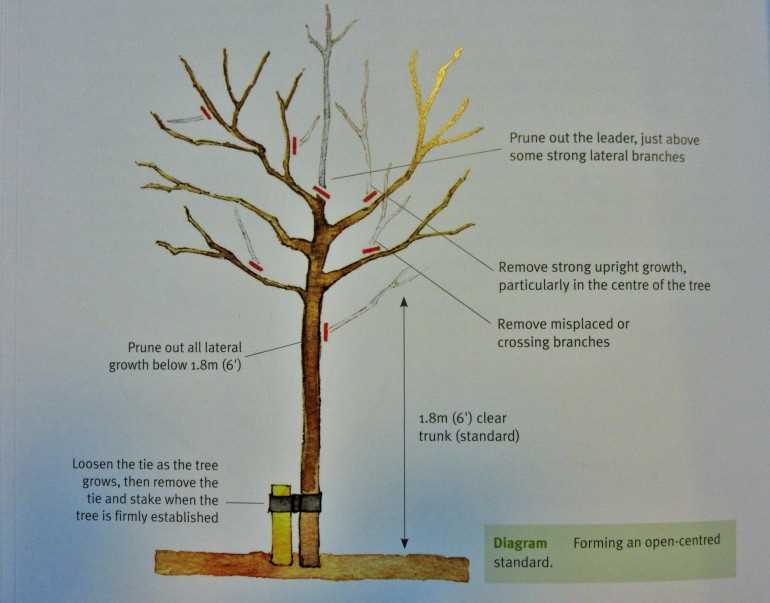

Fertilizing your money tree can be beneficial for its growth and overall health. However, it is important to avoid over-fertilization, as it can harm the tree and negatively affect its decorative value. Here are some tips to help you avoid over-fertilizing your money tree:
- Use a balanced fertilizer: When choosing a fertilizer, opt for a balanced one with equal ratios of nitrogen (N), phosphorus (P), and potassium (K). This will provide your money tree with the necessary nutrients without causing excessive growth.
- Follow the recommended dosage: Always follow the instructions on the fertilizer package regarding the dosage. Applying more than the recommended amount can lead to over-fertilization.
- Fertilize sparingly: Money trees do not require frequent fertilization. In fact, they can thrive with minimal feeding. Over-fertilizing can result in excessive leaf growth, making the tree look unbalanced and less attractive.
- Observe the tree’s response: Pay attention to how your money tree reacts to the fertilizer. If you notice excessive leaf growth, burnt edges, or yellowing leaves, it may be a sign of over-fertilization. In such cases, reduce the amount of fertilizer or the frequency of application.
- Flush out excess fertilizer: If you suspect over-fertilization, you can flush out the excess nutrients by thoroughly watering the soil until water drains out from the bottom. This will help dilute the fertilizer and prevent further damage to the tree.
- Use organic fertilizers: Organic fertilizers release nutrients slowly and are less likely to cause over-fertilization. Consider using organic options such as compost or worm castings to provide a gentle and sustained nutrient supply to your money tree.
By following these guidelines, you can ensure that your money tree receives the right amount of nutrients without risking over-fertilization. This will help maintain its decorative value and keep it healthy for years to come.
Pruning and Shaping Your Money Tree
Why Pruning is Important


Pruning is essential for maintaining the health and appearance of your money tree. Regular pruning helps to remove any dead or diseased branches, promotes new growth, and improves the overall shape of the tree.
When to Prune
It is best to prune your money tree during its dormant season, which is typically in late winter or early spring. Pruning during this time allows the tree to recover quickly and minimizes stress.
Tools for Pruning
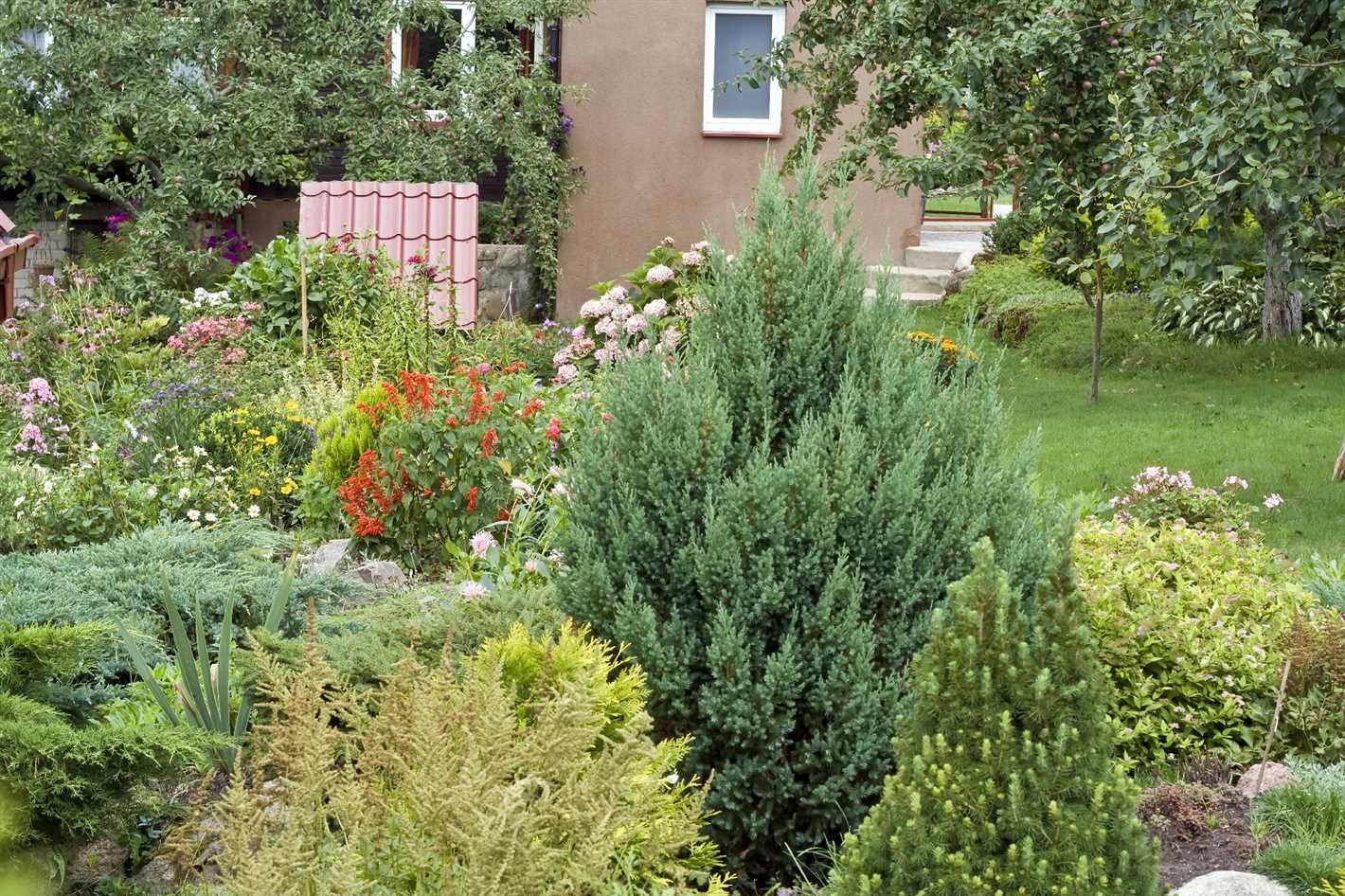

Before you begin pruning your money tree, gather the necessary tools. You will need a pair of sharp pruning shears or scissors, rubbing alcohol for sterilizing the tools, and gloves to protect your hands.
Pruning Techniques
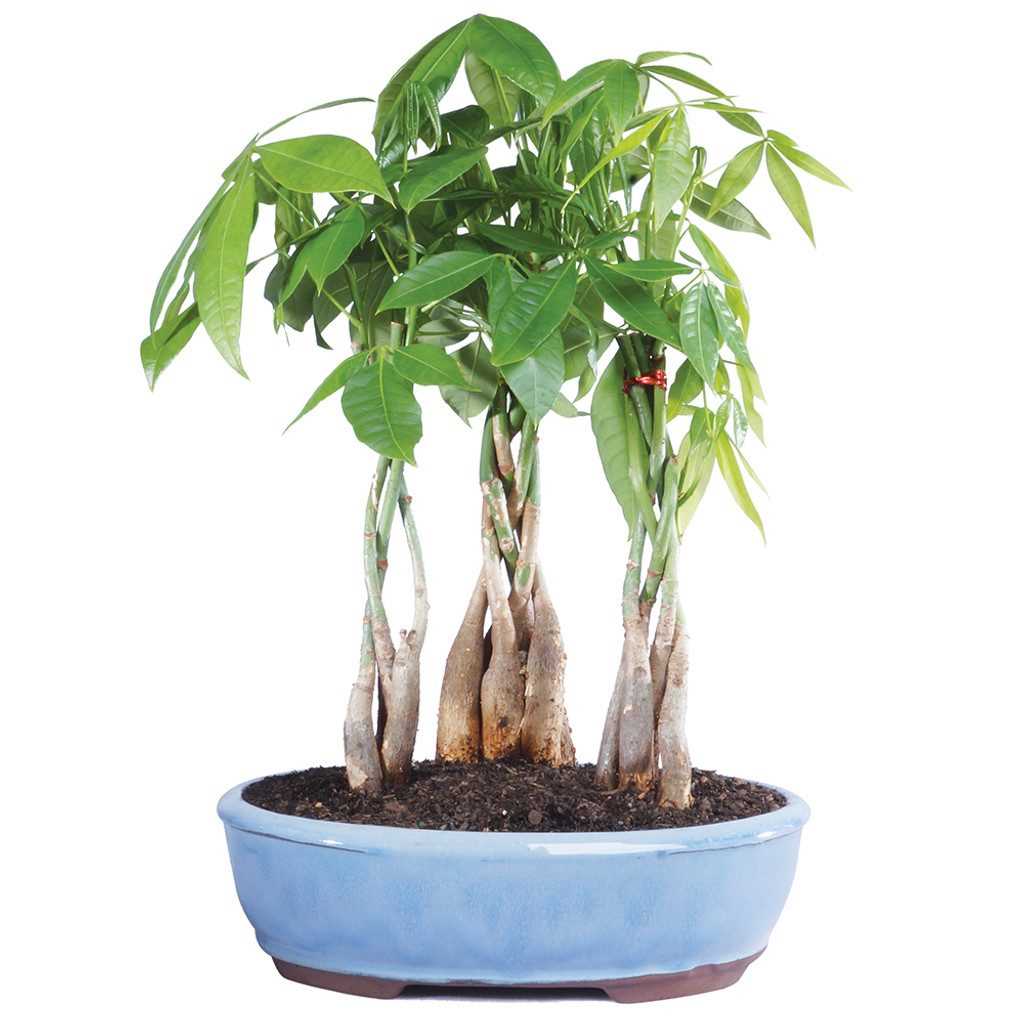

When pruning your money tree, follow these steps:
- Start by removing any dead or diseased branches. Cut them back to the main stem or to a healthy lateral branch.
- Next, thin out any overcrowded areas by selectively removing branches. This will improve air circulation and light penetration.
- Trim back any excessively long branches to maintain a balanced shape. Make the cuts just above a leaf node or lateral branch.
- If you want to encourage bushier growth, pinch off the tips of the branches. This will stimulate the growth of side shoots.
- After pruning, be sure to clean and sterilize your tools with rubbing alcohol to prevent the spread of disease.
Shaping Your Money Tree
If you want to shape your money tree into a specific form, such as a braided trunk or a bonsai-style shape, you can use pruning to achieve your desired look. However, keep in mind that shaping a money tree requires regular maintenance pruning to maintain its form.
General Tips
- Always use sharp and clean pruning tools to avoid damaging the branches.
- Make clean cuts at a slight angle just above a leaf node or lateral branch.
- Do not remove more than one-third of the tree’s foliage at a time to avoid stressing the plant.
- Regularly check your money tree for signs of pests or diseases that may require additional pruning or treatment.
| Mistake | Consequence |
|---|---|
| Pruning during the active growing season | Can lead to excessive bleeding and stress on the tree |
| Using dull or dirty pruning tools | Can cause ragged cuts and increase the risk of spreading diseases |
| Removing more than one-third of the foliage | May shock the plant and impede its growth |
| Pruning without a plan or vision | Can result in an uneven or unattractive shape |
Preventing Pest Infestations
Pest infestations can be a nightmare when it comes to maintaining the decorative value of your money tree. Not only can pests damage the tree’s leaves and branches, but they can also soil the surrounding area and become a nuisance in your home. Here are some tips to prevent pest infestations from occurring:
1. Regularly inspect your money tree
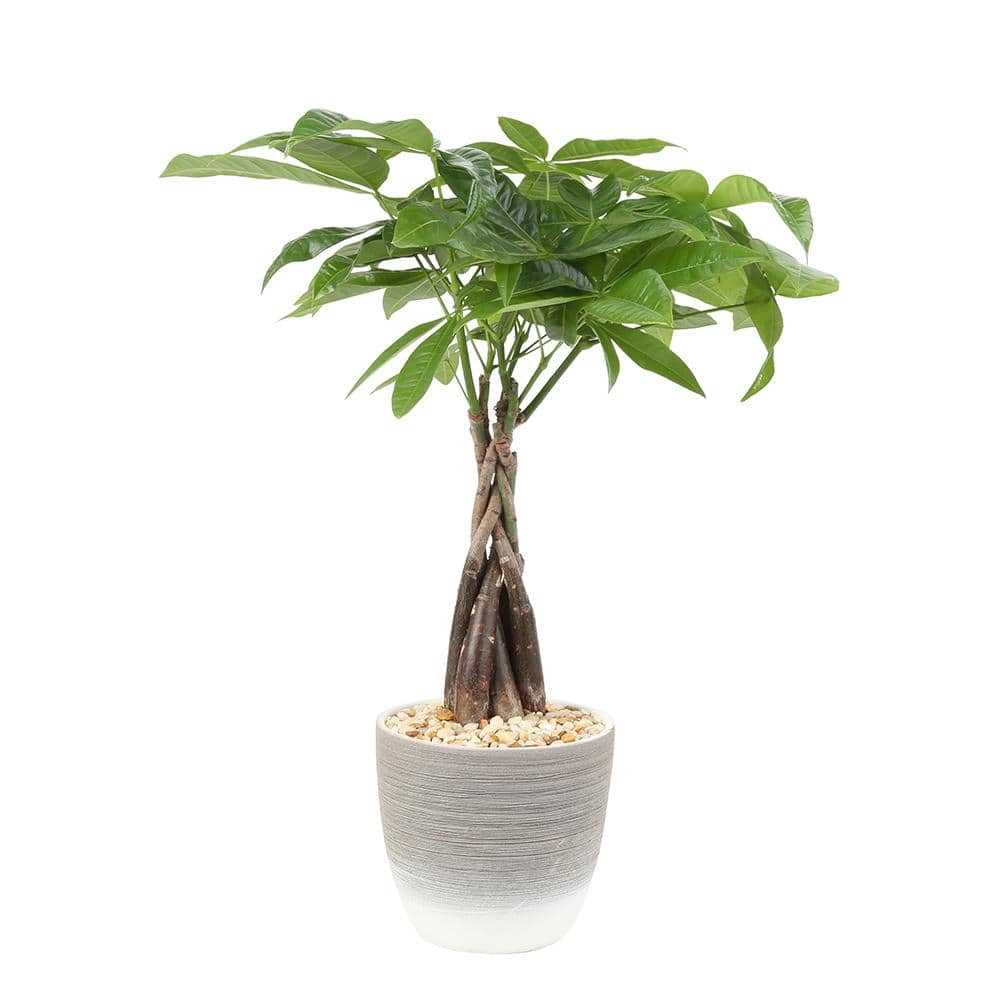

Make it a habit to inspect your money tree regularly for any signs of pest infestation. Look for small insects, webs, or any other evidence of pests. If you notice any, take immediate action to prevent the infestation from spreading.
2. Keep the area clean
Pests are attracted to clutter and dirt. Keep the area around your money tree clean by regularly sweeping or vacuuming the floor. Get rid of any fallen leaves or debris and ensure that there are no food crumbs or spills nearby that could attract pests.
3. Avoid overwatering
Overwatering your money tree can create a damp environment that is ideal for pests, such as fungus gnats. Be sure to water your tree only when the top inch of soil feels dry. Avoid allowing water to sit in the saucer underneath the pot, as this can also attract pests.
4. Use natural pest control methods
If you do encounter a pest infestation, try to use natural pest control methods before resorting to chemical pesticides. Use neem oil, insecticidal soaps, or homemade solutions like a mixture of water and mild dish soap to get rid of common pests like spider mites or aphids.
5. Quarantine new plants
If you plan on adding new plants to your collection, make sure to quarantine them for a few weeks before placing them near your money tree. This will help prevent any potential pests from spreading to your existing plants.
6. Prune regularly
Regular pruning helps to keep your money tree healthy and prevents overgrowth, which can attract pests. Trim off any dead or damaged leaves and remove any branches that seem to be infested with pests.
7. Seek professional help if needed
If you are unsure how to deal with a pest infestation on your money tree, don’t hesitate to seek professional help. An arborist or plant specialist can provide guidance and recommend the best course of action to eliminate the pests while preserving the decorative value of your tree.
By following these tips, you can prevent pest infestations and maintain the decorative value of your money tree. Remember to always stay vigilant and take prompt action if you notice any signs of pests.
Ensuring Proper Soil Drainage
Proper soil drainage is essential for the health and well-being of your money tree. Without good drainage, the roots can become waterlogged, which can lead to root rot and other fungal diseases. Here are some tips to ensure proper soil drainage for your money tree:
- Choose the right type of soil: Use a well-draining soil mix specifically designed for indoor plants. Avoid heavy clay soils that tend to retain water and become compacted.
- Use a pot with drainage holes: Make sure the pot you choose has drainage holes at the bottom to allow excess water to escape. This will prevent water from pooling at the bottom of the pot.
- Add drainage material: Place a layer of small stones or pebbles at the bottom of the pot before adding the soil. This will create a space for excess water to flow away from the roots.
- Water sparingly: Be mindful of how much water you give your money tree. It’s better to underwater than overwater. Allow the top inch of soil to dry out before watering again.
- Empty the saucer: After watering, make sure to empty the saucer or tray underneath the pot to avoid the roots sitting in standing water.
By following these simple tips, you can ensure that your money tree has proper soil drainage, keeping its roots healthy and preventing any potential issues that may arise from waterlogged soil.
Q&A:
What is a money tree and how do I create one?
A money tree is a popular houseplant that is believed to bring good luck and financial prosperity. To create a money tree, start by selecting a healthy plant with a sturdy trunk and a good root system. Next, choose a decorative pot that allows for proper drainage. Use a well-draining soil mix and water the plant regularly. You can also decorate the plant with various coins or dollar bills for a fun touch.
What are the common mistakes to avoid when creating a money tree?
There are several mistakes to avoid when creating a money tree. Firstly, overwatering can be harmful to the plant and may cause root rot. Make sure to allow the soil to dry out between waterings. Secondly, using a pot without drainage holes can lead to waterlogged soil, so always choose a pot with proper drainage. Lastly, placing the money tree in direct sunlight can scorch the leaves, so it’s best to keep it in bright, indirect light.
Can I use fake money for decorating my money tree?
While using fake money for decorating your money tree is an option, it’s not recommended. Real money not only adds a decorative touch but also symbolizes good luck and financial prosperity. Fake money may not have the same symbolic meaning and can detract from the overall aesthetic value of the plant.
How often should I fertilize my money tree?
It is recommended to fertilize your money tree once a month during the growing season, which is typically spring and summer. Use a balanced, water-soluble fertilizer and follow the instructions on the packaging for proper dilution and application. Avoid over-fertilizing, as it can cause salt buildup in the soil and harm the plant.
Can I propagate my money tree to create more plants?
Yes, you can propagate your money tree to create more plants. The easiest way to propagate a money tree is through stem cuttings. Choose a healthy stem and make a clean cut just below a leaf node. Place the cutting in a glass of water or a well-draining potting mix and keep it in a warm, bright location. Roots should start to develop within a few weeks, and once they are well-established, you can transplant the new plant into its own pot.
Video:
20 GENIUS Home Hacks That CHANGED MY LIFE DIY Hacks to Save Time + Money!







